Introduction
Modern office building exteriors are undergoing a transformative evolution, characterized by a harmonious blend of innovative design and sustainable practices. As the architectural landscape adapts to the demands of contemporary work environments, key elements such as:
- Glass facades
- Minimalist aesthetics
- Integration of smart technologies
are becoming increasingly prevalent. These features not only enhance the visual appeal of office spaces but also prioritize functionality and energy efficiency, reflecting a commitment to sustainability.
With the rise of biophilic design and advanced materials, the future of office architecture promises to create healthier, more engaging environments that resonate with the values of today’s workforce. This article delves into the defining characteristics, aesthetic trends, and future directions that are shaping modern office building exteriors, underscoring the critical role of architecture in fostering productive and sustainable workplaces.
Defining Characteristics of Modern Office Building Exteriors
The modern office building exterior exemplifies a sophisticated fusion of functionality and aesthetics that align with contemporary architectural trends. Prominent features include:
Glass Facades: Widely regarded as a hallmark of modern architecture, glass facades play a crucial role in enhancing natural light within spaces and fostering a sense of openness that promotes transparency.
This selection not only enhances the structure’s aesthetic allure but also promotes energy efficiency through passive solar heating and cooling methods. Notably, statistics indicate that non-residential structures accounted for over 66.0% of the revenue share in 2020, underscoring the significance of glass facades in this sector.Minimalist Aesthetics: A prevailing trend in recent architectural styles, minimalist aesthetics prioritize clean lines and uncluttered forms.
This approach enhances visual clarity and reflects a commitment to functionality, creating environments that are both beautiful and practical.Adaptive Use of Materials: The incorporation of innovative materials such as aluminum, concrete, and sustainable composites allows for a diverse range of textures and finishes.
These elements not only contribute to the structure’s unique identity but also ensure durability and low maintenance requirements.
For instance, KGC’s recent EUR 10 million investment in a new aluminum-glass structure plant in Vilnius aligns with the growing demand for such materials in modern construction.Integration of Technology: The seamless incorporation of smart building technologies into the exterior layout enhances user comfort and energy efficiency.
Features like automated shading systems and responsive lighting are becoming standard, optimizing the functionality of workspaces and contributing to their sustainability.Landscaping and Outdoor Spaces: Contemporary architectural styles often include green roofs, terraces, and landscaped areas, fostering a strong connection between indoor environments and outdoor settings.
This approach not only improves aesthetic appeal but also supports employee well-being by offering tranquil settings for relaxation and teamwork.
These defining traits not only influence the visual effect of the modern office building exterior but also greatly enhance their overall usability and sustainability, making them perfect for current workspaces. Companies such as Aluplex, which specializes in architectural facade systems, exemplify this trend, developing rigorously tested systems that enhance both aesthetics and performance across sectors like IT and healthcare.
Their facade systems, including unitized curtain wall systems and double-skinned facades, are engineered to satisfy the rigorous demands of contemporary architecture, with major clients such as Acme Group and Citibank.
As noted by Enclos Corp., the acquisition of PFEIFER Structures America, LLC in January 2023 reflects the industry’s commitment to providing comprehensive custom building envelope solutions, further showcasing the evolving landscape of modern workspace concepts.
Sustainability: A Core Element of Modern Office Design
Sustainability has become an essential principle in the realm of modern architecture, particularly in shaping the design strategies of modern office building exteriors at all stages of development. The core sustainable elements that define contemporary office environments include:
Resource-Efficient Systems: The integration of advanced HVAC systems, LED lighting, and high-efficiency appliances significantly decreases power consumption. This approach not only reduces operational costs but also leads to a significant reduction in the carbon footprint of office structures. Recent updates to the building efficiency code in Kenya highlight a global shift towards mandatory efficiency requirements for new constructions, reflecting a growing commitment to sustainability. Additionally, the Southern African Development Community’s endorsement of Minimum Energy Performance Standards (MEPS) for air conditioners and refrigeration aims to reduce consumer bills by USD 840 million annually, highlighting the significance of efficiency in contemporary design.
Sustainable Power Sources: A significant amount of contemporary workplaces are now integrating sustainable power solutions, such as solar panels and wind turbines. This integration enables buildings to generate their own power, thereby reducing reliance on fossil fuels and enhancing resilience. A growing trend indicates that approximately 30% of workplaces are now utilizing renewable energy sources, demonstrating a proactive approach to energy management.
Water Management: Effective water management strategies, including rainwater harvesting and greywater recycling systems, are becoming increasingly common in sustainable building designs. These practices promote efficient water usage and significantly reduce waste, aligning with the principles of environmental stewardship.
Sustainable Materials: The careful selection of building materials plays a crucial role in sustainability. Using materials sourced from recycled or renewable resources—such as reclaimed wood and low-VOC paints—not only mitigates environmental impact but also enhances indoor air quality, fostering healthier work environments.
Biophilic Design: The incorporation of natural elements into workplace environments, exemplified by living walls and ample natural light, enhances employee well-being and productivity. The principles of biophilic aesthetics are increasingly recognized for their capacity to create inspiring and restorative workspaces that resonate with the values of modern occupants.
By prioritizing sustainability, the modern office building exterior effectively tackles urgent environmental issues while promoting healthier, more productive environments. This commitment signifies a pivotal shift in architectural practices, underscoring the necessity of eco-conscious decision-making within the industry. As observed by Anatolijs Borodinecs in his examination of efficiency enhancements, “the evolution of workplace layout is inherently connected to progress in performance certifications,” paving the way for a more sustainable future in architecture.
Moreover, recent mergers and acquisitions among major participants such as Eaton Corporation and Rockwell Automation are improving portfolios in energy efficiency solutions, further promoting sustainability in workspace layout.
The Role of Technology in Modern Office Building Exteriors
The integration of advanced technology into the modern office building exterior is fundamentally reshaping both its design and functionality. The following key technological elements are at the forefront of this transformation:
Smart Structure Systems: These systems facilitate real-time monitoring and control of operations, including lighting, heating, and security. For instance, occupancy sensors dynamically adjust lighting levels based on the presence of employees, significantly enhancing energy efficiency and contributing to a more sustainable environment. According to a recent report, the market for intelligent infrastructure systems is anticipated to expand at a CAGR of 21.8% during the forecast period from 2024 to 2032, emphasizing the role of these technologies in the design of modern office building exteriors.
A growing trend in contemporary architecture is the use of dynamic facades on modern office building exteriors that adapt their appearance in response to environmental conditions or user preferences. Such facades can showcase information or artwork, creating an engaging and interactive experience for both occupants and passersby, thereby enhancing the building’s aesthetic appeal and functionality.
Augmented Reality (AR) and Virtual Reality (VR): These cutting-edge technologies empower architects and clients to visualize concepts prior to construction, streamlining decision-making processes and fostering collaboration throughout the development phase. This immersive experience enhances clarity and communication, ultimately leading to more refined project outcomes.
Advanced Insulation Technologies: Innovations in materials and techniques have led to significant improvements in thermal performance, which contribute to reduced energy consumption and increased occupant comfort. For example, vacuum-insulated panels offer exceptional insulation properties without adding to the wall thickness, optimizing space without sacrificing efficiency.
Building Information Modeling (BIM): BIM technology facilitates extensive 3D modeling of commercial structures, allowing architects to examine and enhance designs for improved efficiency, sustainability, and visual attractiveness. This precision in planning supports the creation of innovative environments, such as a modern office building exterior, that align with contemporary workplace demands. Furthermore, a case study named “Guidance for Sizing Spaces” offers suggestions for optimizing meeting room dimensions based on real usage data, demonstrating how intelligent systems can improve workplace utilization and efficiency.
The strategic integration of these technologies not only improves the operational efficiency of workplaces but also positions them as cutting-edge spaces that meet the evolving needs of contemporary work environments. Moreover, as Memoori points out, “AI and ML can analyze network traffic and detect anomalies, providing real-time threat intelligence,” emphasizing the crucial role of these technologies in ensuring a secure and efficient environment.
Aesthetic Trends in Modern Office Building Exteriors
Modern office building exteriors are influenced by various aesthetic trends that reflect cultural changes and evolving architectural philosophies. Among the most significant trends are:
- Biophilic Design: This approach emphasizes a harmonious connection between nature and architecture, integrating natural materials, greenery, and water elements into the structure.
Research indicates that environments infused with natural light significantly enhance employee energy, focus, and productivity. In fact, employees exposed to ample natural light report feeling more energized and productive. As biologist Edward O. Wilson aptly states, > biophilia — literally ‘love for life’ — is defined as the impulse of humans to connect with other lifeforms.
By fostering this connection, biophilic principles not only elevate aesthetic value but also promote occupant well-being. Additionally, exterior renderings play a crucial role in illustrating how natural light interacts with these creations, aiding stakeholders in visualizing the building’s full potential. Additionally, studies show that biophilic design can reduce hospital stay durations and employee absenteeism linked to poor architectural design, further underscoring its importance.
Industrial Aesthetics: Many modern workplaces draw inspiration from industrial architecture, highlighting raw materials such as exposed steel beams and concrete finishes. The modern office building exterior communicates authenticity and modernity, appealing to the sensibilities of both occupants and the surrounding community. Exterior renderings can effectively showcase how these materials appear under natural light, emphasizing their textures and finishes.
Color and Texture: The strategic use of bold colors and diverse textures creates visual dynamism in building exteriors. Designers frequently experiment with contrasting materials and finishes to develop facades that are not only eye-catching but also contextually relevant within urban landscapes. Exterior renderings help in accurately depicting these materials and their interplay with natural light, showcasing their durability and aesthetic appeal.
Cultural References: Incorporating elements that reflect local culture or historical context in modern office designs fosters a sense of place and identity. This practice enhances community involvement and contributes to the structure’s significance within its environment. Effective exterior renderings can visually convey these cultural references, assisting viewers in envisioning how the structure integrates with its surroundings.
Adaptive Reuse: The trend of repurposing existing structures for modern use preserves historical elements while promoting sustainability. This approach signifies a growing appreciation for heritage, as seen in successful case studies like the redesign of San Francisco International Airport’s Terminal 1. The terminal achieved LEED Gold and WELL Platinum certifications by prioritizing natural light and noise reduction, showcasing how adaptive reuse can enhance passenger comfort and well-being while minimizing environmental impact.
These aesthetic trends not only enhance the visual appeal of the modern office building exterior but also significantly contribute to their functionality and the connection with their surroundings. Exterior renderings serve as a crucial resource in marketing, project approval, and client presentations, offering a comprehensive view of how these structures will look and feel within their broader context. By accurately depicting materials and their interaction with natural light, exterior renderings reinforce the significance of these trends in architectural practice.
Future Trends in Office Building Exteriors
As the field of architecture progresses, several key trends are poised to redefine modern office structures in the coming years:
Increased Focus on Wellness: The emphasis on occupant health and well-being will become paramount. Future concepts are anticipated to integrate elements that enhance air quality, optimize natural light, and provide access to green spaces, reflecting the fact that 89% of employees prioritize well-being when considering new job opportunities. Additionally, projects like the Boca Raton Innovation Campus (BRIC) redevelopment, which allocates 200 acres for biking and walking trails, exemplify how physical environments can be designed to promote healthier lifestyles.
Smart Materials: The advancement of materials science is paving the way for smart materials that dynamically adapt to environmental conditions. These innovations will notably enhance efficiency and occupant comfort, contributing to the creation of adaptable structures.
Vertical Urbanism: As urban areas become more crowded, the trend towards vertical office structures will gain momentum. This approach emphasizes innovative spatial configurations that not only maximize the utility of limited land but also incorporate outdoor areas and amenities that foster a connection with nature.
Net-Zero Structures: Sustainability will influence the design of more net-zero structures that produce as much power as they utilize. These structures will utilize renewable energy sources and integrate advanced energy management systems, aligning with the growing demand for environmentally responsible construction practices.
Community-Centric Designs: Future workplace buildings will prioritize integration with their surrounding communities. Designs will focus on creating spaces that promote collaboration, social interaction, and engagement, reflecting a broader understanding of the role architecture plays in community health. For instance, workplaces can support the growing trend among Millennials and Gen Z towards non-alcoholic and caffeine-free lifestyles by offering appropriate options and organizing wellness challenges.
By proactively embracing these trends, architects can craft office environments that not only respond to the current demands of the workforce but also anticipate future needs, ensuring their designs are both relevant and impactful. Georgette Eva, a health and wellness advocate, emphasizes,
Leaders must monitor employee well-being closely to navigate this new tech landscape effectively.
This insight underscores the necessity of aligning architectural practices with the evolving expectations of users, especially as technology and workplace dynamics continue to evolve.
Conclusion
Modern office building exteriors are at the forefront of a significant architectural evolution, characterized by a synthesis of aesthetic appeal, functionality, and sustainability. The defining features—including glass facades, minimalist designs, and advanced technologies—serve not only to enhance the visual landscape but also to promote energy efficiency and occupant well-being. As demonstrated, the integration of smart building systems and adaptive materials enables these structures to respond dynamically to environmental conditions, optimizing both performance and user experience.
Sustainability remains a cornerstone of contemporary office architecture, with energy-efficient systems, renewable energy sources, and water management strategies becoming standard practice. The commitment to using sustainable materials and incorporating biophilic design principles illustrates a deepening awareness of environmental stewardship and the importance of creating healthier workspaces. This shift reflects broader trends within the industry, where the focus on eco-conscious decision-making is increasingly paramount.
Looking ahead, future trends indicate a growing emphasis on occupant wellness, smart materials, and community-centric designs. As urbanization intensifies, the move towards vertical office designs and net-zero buildings will further redefine the architectural landscape. By embracing these trends, architects not only respond to the immediate needs of modern work environments but also lay the groundwork for a sustainable and engaging future in office design.
In conclusion, the evolution of office building exteriors encapsulates a transformative approach to architecture that prioritizes sustainability, functionality, and aesthetic coherence. This paradigm shift underscores the vital role that thoughtful design plays in shaping productive workplaces that meet the demands of an ever-evolving workforce, ultimately fostering a healthier and more sustainable built environment.
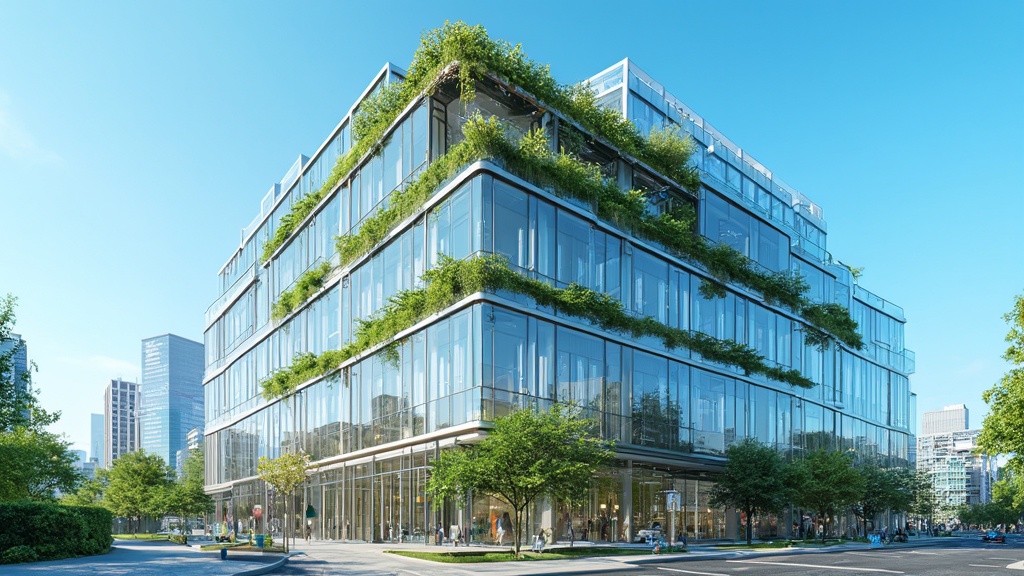
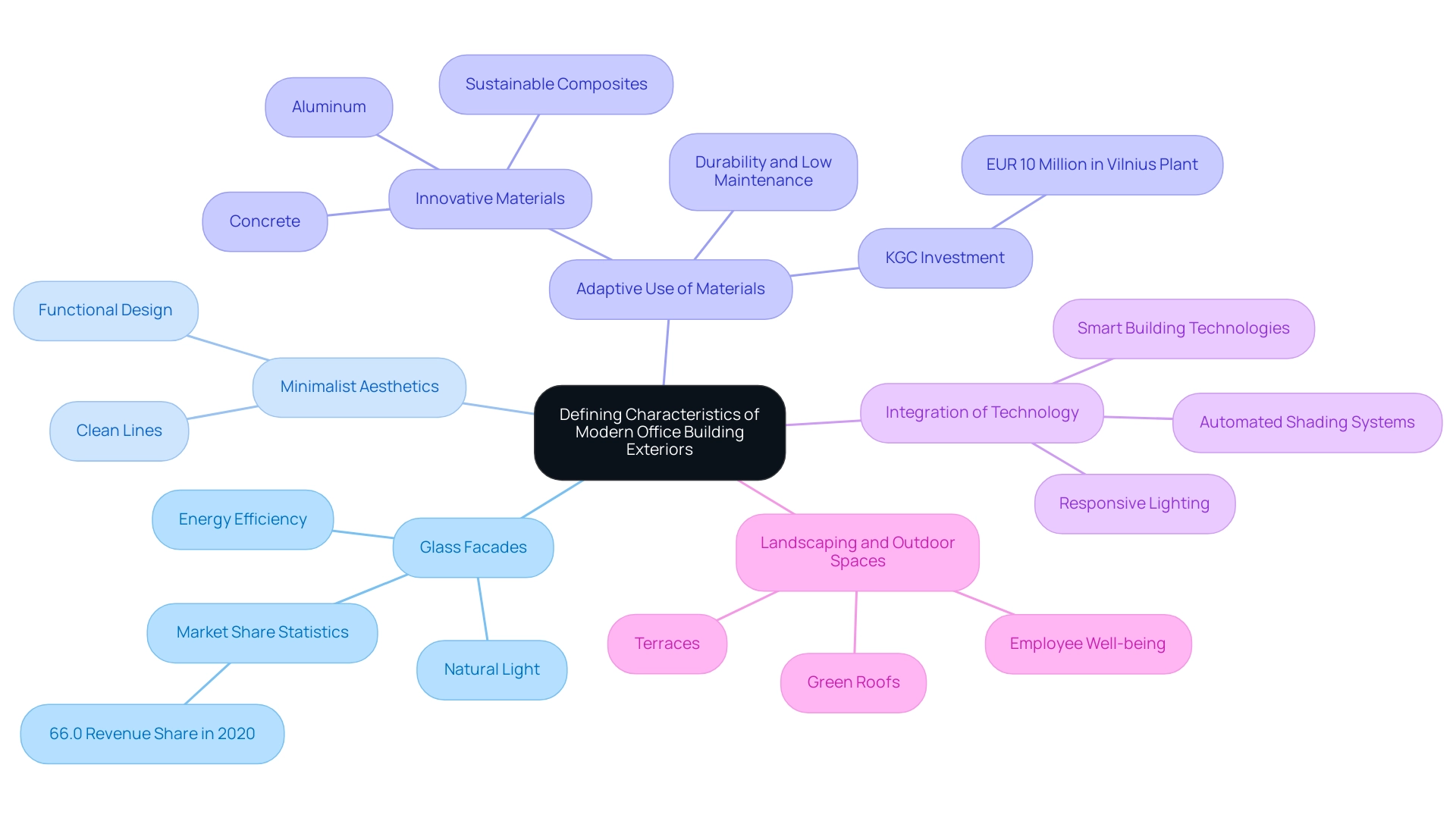
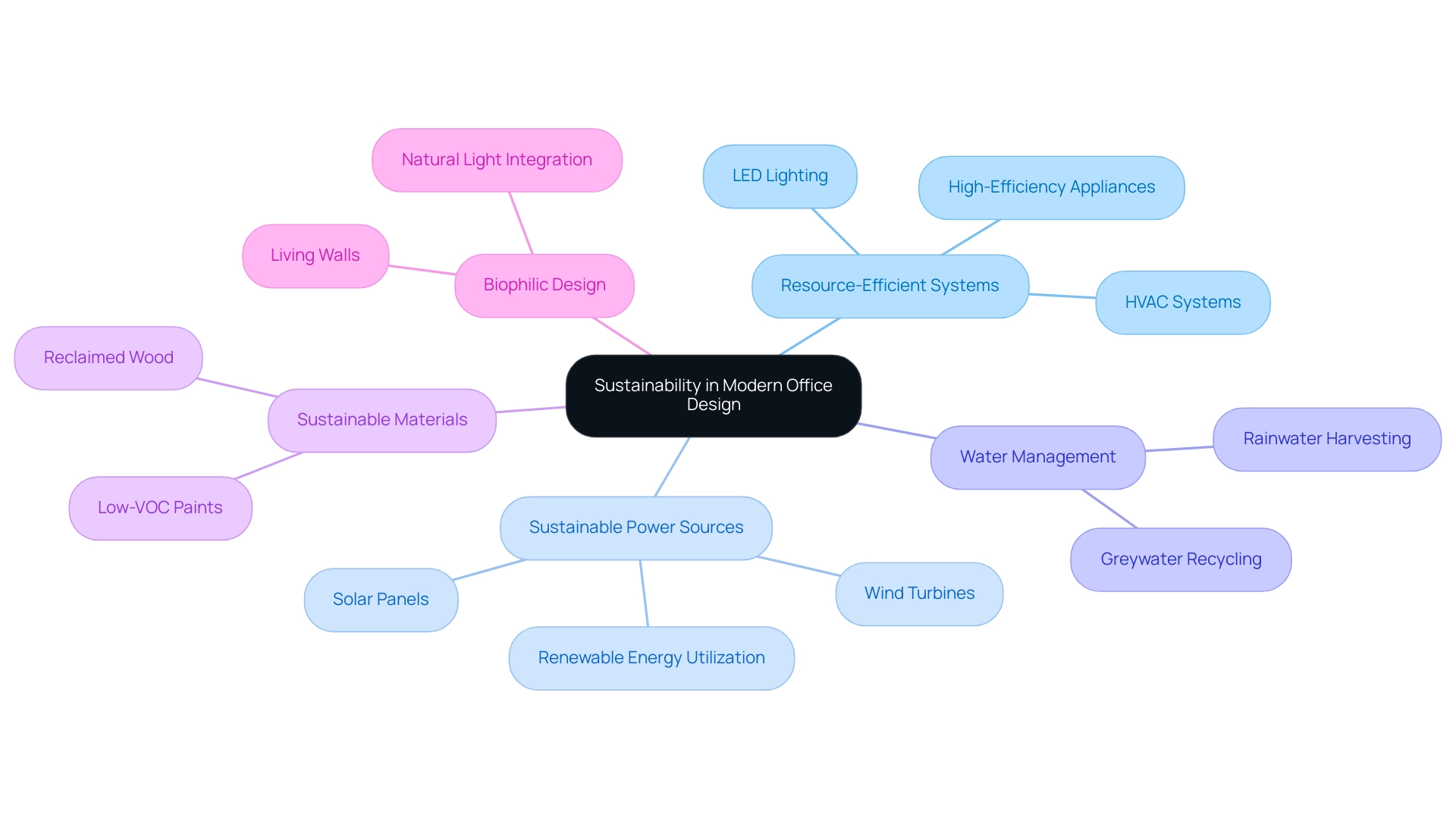
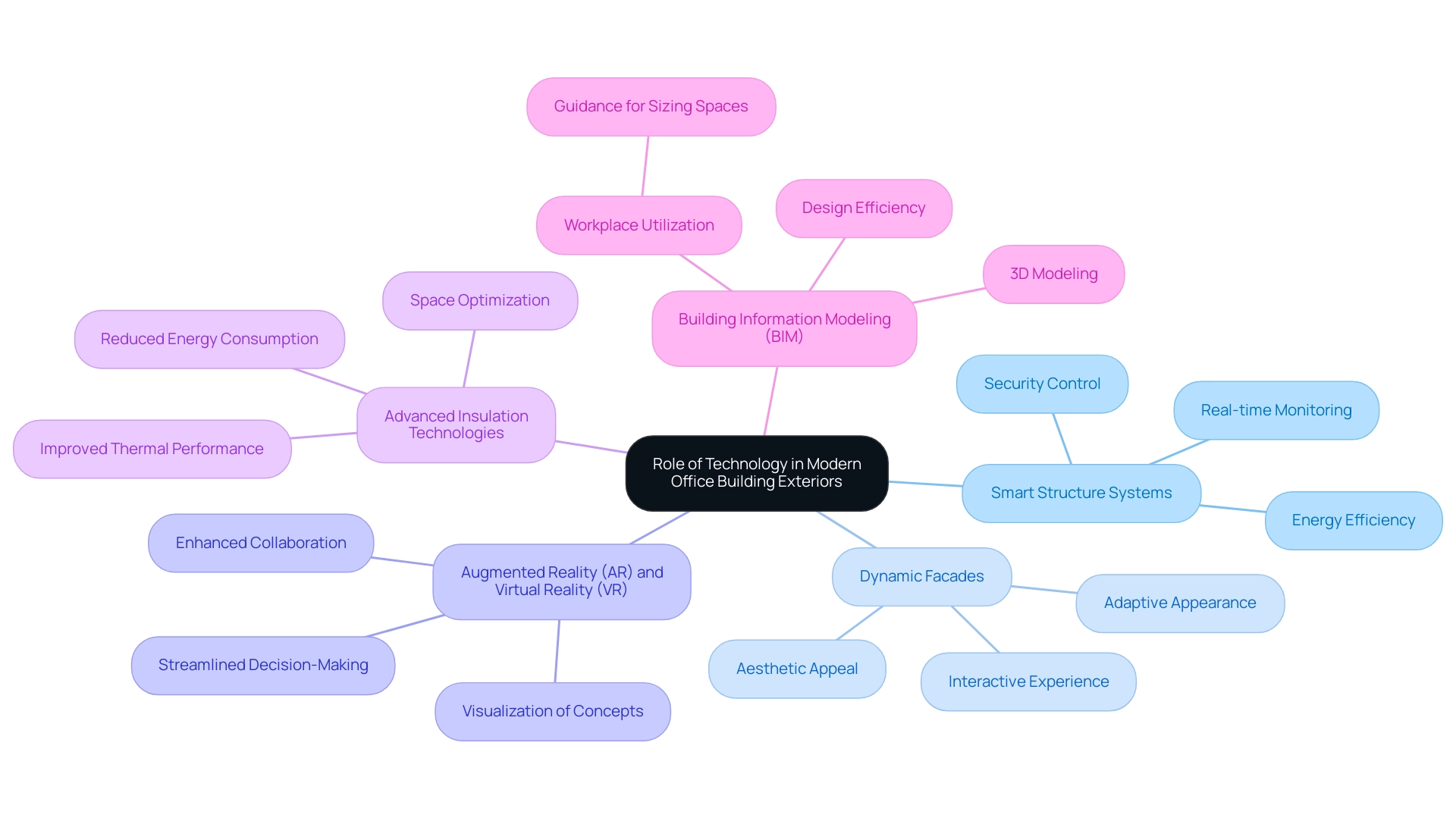
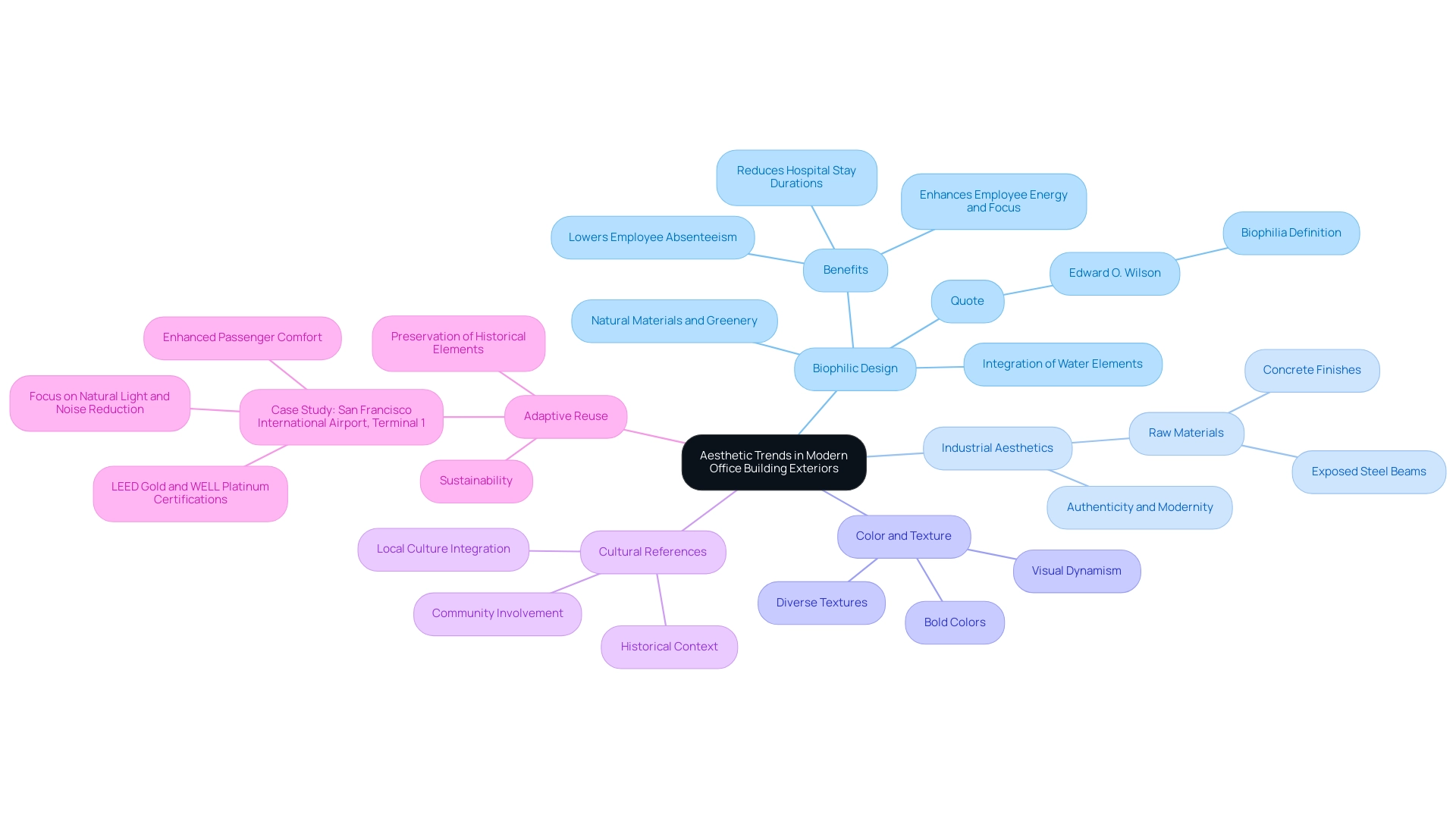
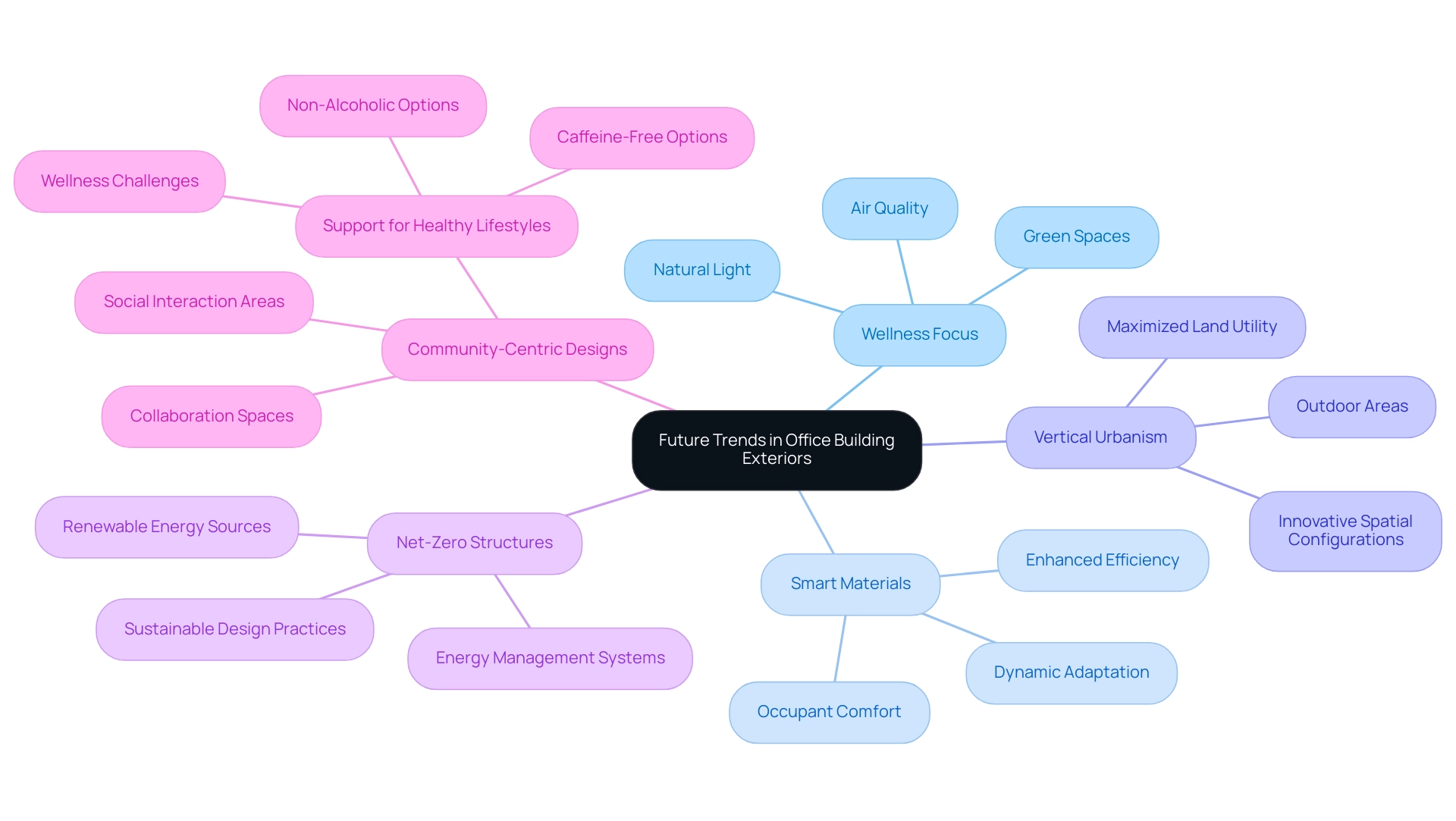
0 Comments